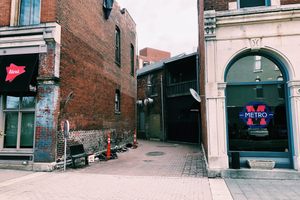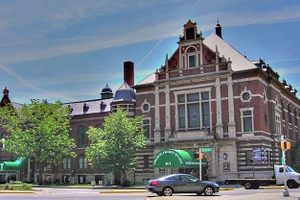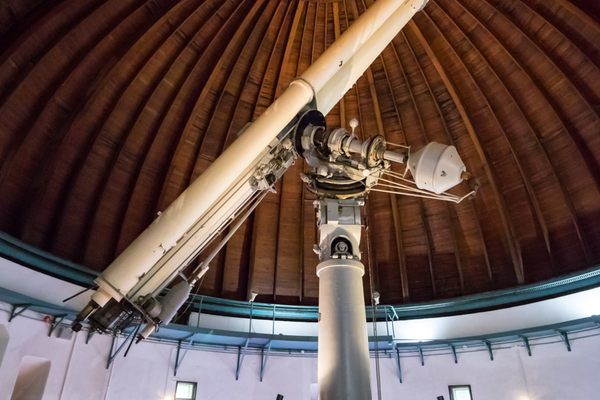About
Historic preservation, as a civic duty, state business, or hobby, is a uniquely modern phenomenon. In 1882, England passed the Ancient Monuments Protection Act to better preserve old buildings that were falling apart. The Act made state funds available to the owners of these houses to cover “fencing, repairing, cleansing, covering in, or doing any other act or thing which may be required for the purpose of repairing any monument or protecting the same from decay or injury.”
In the United States, civic-minded non-profits led the efforts of historic preservation. In 1850, the State of New York bought Washington’s Headquarters in Newburgh (the general’s outpost during the Revolutionary War) and it became the first historic site open to the public. National Historic Landmarks are designated by the National Park Service, but are often privately-owned properties.
From the Association for the Preservation of Virginia Antiquities to Los Angeles Conservancy, preservation institutions have sprung up across the country. Among them, the Indiana Landmarks Center is the largest private statewide historic preservation organization. With an endowment of over $40 million and over 11,000 members, Indiana Landmarks continues to preserve buildings and other artifacts across the state.
In early 2010 the Center began an extensive renovation on their new headquarters in Indianapolis in the Central Avenue United Methodist Church. With a generous gift of $7 million from Bill and Gayle Cook (of Bloomington, Indiana), the church is being exquisitely and extensively renovated, from the organ to the windows. The organ is being completely rebuilt and updated by Goulding and Wood Organ Builders, one of few companies still restoring these antiquated, gargantuan instruments.
Through programs focusing on unusual landmarks, Indiana Landmarks has been particularly successful at preserving structures. For instance, their Historic Spans Task Force protects bridges made of iron and steel built in the late 1900s. Through their African American Landmarks initiative, they have helped save landmarks from the African American community from fading into obscurity.
Every year, the organization publishes a list of the 10 most endangered landmarks in the state. Five locations that made the 2010 and 2009 list include the Bush Stadium in Indianapolis, historical windows throughout the state, the Syracuse Depot in Syracuse, Terrell Jacobs Circus Barns in Peru, and the Washington Avenue Historic District in Evansville.
Their renovated Indiana Landmarks Center opened in 2011 in Old Northside historic neighborhood in downtown Indianapolis. From their website:
"Indiana Landmarks Center combines one-of-a-kind historic architecture with modern functionality in a stunningly adapted nineteenth-century church. Opened in April 2011 following a $19 million restoration, the Romanesque Revival-style property includes a landscaped courtyard and on-site parking. Venues in the property’s three interconnected buildings host banquets, weddings and receptions, performances, seminars, meetings, lectures, films and other special events.
Premier spaces include the spectacular Grand Hall, the former sanctuary where state-of-the-art sound and lighting systems meet stenciling, gilding, and spectacular stained-glass windows under an ornate domed ceiling. Cook Theater, a rich all-wood space with a proscenium stage, allows flexible seating arrangements. Other handsome venues include 1201 Gallery, meeting rooms of various sizes, and the outdoor Place de Basile."
Related Tags
Community Contributors
Added By
Published
November 20, 2010

























